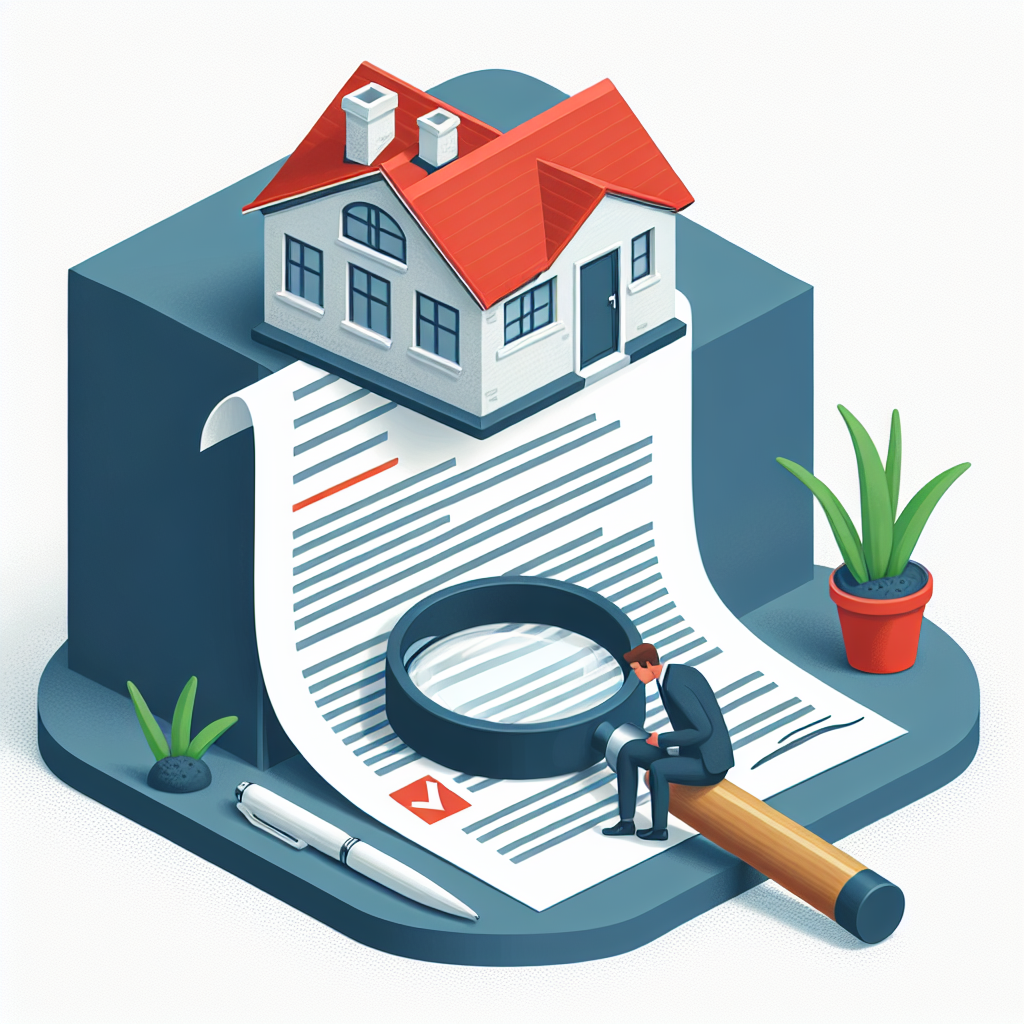Filed under Home Insurance on
Understanding Loss of Use Coverage in Home Insurance

When a disaster strikes your sanctuary, the aftermath can be overwhelming. Not only are you faced with the immediate devastation, but the prospect of a disrupted daily life adds to the stress. This is where understanding Loss of Use Coverage in home insurance becomes crucial. Such coverage serves as a financial cushion, supporting you during the challenging times when your home is uninhabitable. Let’s delve into the depths of this coverage to grasp its significance, nuances, and eventual peace of mind it offers.
What is Loss of Use Coverage?
Loss of Use Coverage, often known as Additional Living Expenses (ALE) coverage, is an integral component of home insurance policies. This provision covers the extra costs incurred when you cannot occupy your residence due to damage from a covered peril. Think of it as a temporary financial backup plan, ensuring you continue to maintain a standard living condition elsewhere while your home undergoes repairs.
How Does It Work?
When you're forced out from your residence due to damages like fire, storm, or even flooding, Loss of Use Coverage kicks in. Here's how it generally operates:
- It covers the additional costs that arise from relocating to temporary lodging.
- It compensates for meals if your temporary housing lacks kitchen facilities.
- It potentially covers transportation and essential utilities.
In essence, the aim is to bridge the gap between normalcy at home and the disrupted routine following displacement.
The Scope of Coverage
Understanding the extent of Loss of Use Coverage is crucial to making informed decisions. This coverage is not unlimited and varies by policy; hence, knowing what’s within the scope ensures you aren’t caught off-guard.
Limitations and Exclusions
Most policies come with a cap, often a percentage of your dwelling coverage, dictating the maximum payout. Common exclusions typically include:
- Any costs unrelated to your displacement due to a covered peril.
- Expenses that exceed what you would normally spend.
- Costs arising from upgrades in living standards.
Reading the fine print of your insurance policy provides clarity on these limitations and prevents unexpected financial setbacks.
The Importance of Accurate Record Keeping
When filing a claim under Loss of Use Coverage, maintaining meticulous records is crucial. Insurance providers often require proof of expenses before reimbursing you. Here are steps to ensure a smooth claim process:
- Keep All Receipts: Whether it’s accommodation, dining, or transportation, preserve every receipt.
- Document It All: Log your expenses diligently, keeping a chronological record.
- Communicate Clearly: Maintain open channels with your insurance representative.
By adhering to these practices, you bolster your claim's validity and quicken the reimbursement process.
Trends and Changes in Loss of Use Coverage
The landscape of Loss of Use Coverage isn’t static. Understanding emerging trends and changes ensures that your policy remains relevant and adequate for evolving risks.
Impact of Climate Change
The increase in natural disasters due to climate change has prompted insurers to reassess and sometimes restrict the risks they cover. These modifications might directly influence your Loss of Use Coverage, particularly in disaster-prone regions.
Digital Advancements
The rise of digital platforms has streamlined claims processes. Now, integrating apps for real-time communication and documentation makes it easier for homeowners to navigate claims. Staying informed about such tech advancements empowers policyholders, ensuring smoother interactions.
Understanding Your Policy
Your first line of defense in ensuring comprehensive coverage is understanding your home insurance policy inside and out.
Review Regularly
Set a reminder to review your policy annually. During these reviews, focus on:
- Understanding any changes to your Loss of Use Coverage.
- Ensuring your coverage limits remain adequate.
- Inspecting for any modifications that might impact your premiums or deductibles.
Keeping abreast of these details prevents unwelcome surprises during claims.
Seek Professional Advice
Collaborating with insurance brokers or financial advisors bridges any gaps in understanding. These professionals provide insights, helping you choose the right policy enhancements based on your unique needs.
Expert Opinions on Loss of Use Coverage
Engaging with industry experts can provide deeper perspectives on the complexities of Loss of Use Coverage. Not only do they offer intel on current trends, but they also highlight areas often overlooked by policyholders.
Viewpoint: A Risk Management Specialist
“Homeowners often underestimate the potential costs of displacement. It’s vital to assess your policy's caps and compare them against real-world scenarios. Ensuring you aren’t underinsured is a proactive stance everyone should adopt,” remarks Susan Blake, a seasoned risk management specialist.
Viewpoint: An Insurance Underwriter
John McClellan, an insurance underwriter, emphasizes, “As climate change continues to reshape our world, policies must adapt too. Homeowners need to be vigilant, ensuring their coverage evolves to meet new challenges. Ignoring these factors can result in inadequate support when it’s most needed.”
Conclusion
The reassuring safety net that Loss of Use Coverage provides is invaluable when disaster strikes. By understanding its coverage parameters, maintaining vigilance with documentation, and being informed about evolving trends, homeowners can secure their peace of mind. While it might seem secondary until adversity strikes, recognizing its importance today ensures your sanctuary’s continuity tomorrow. As you review your home insurance policy, prioritize understanding Loss of Use Coverage, ensuring it aligns seamlessly with your life’s uncertainties.





